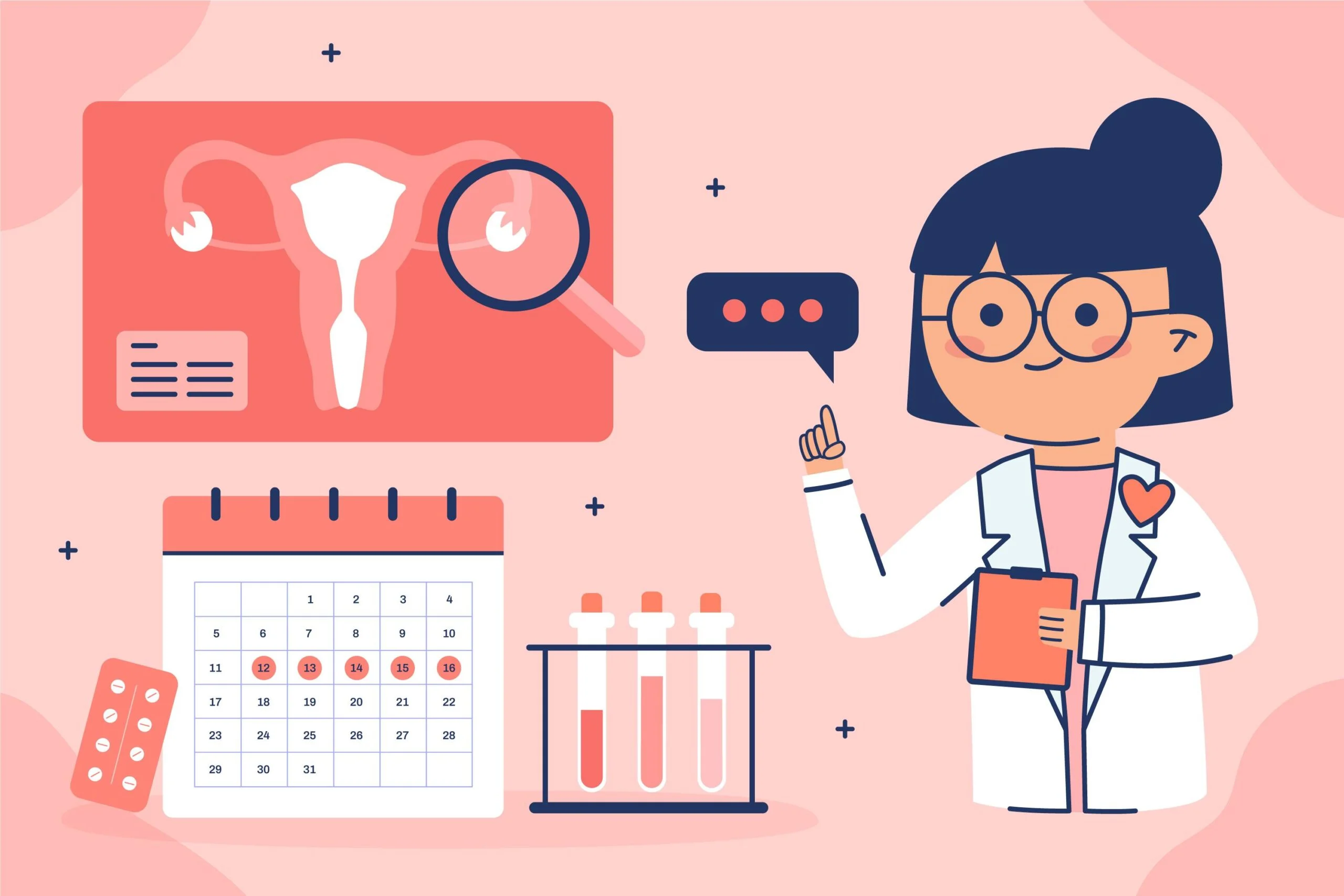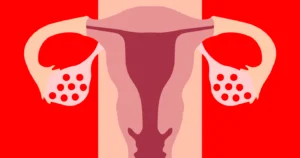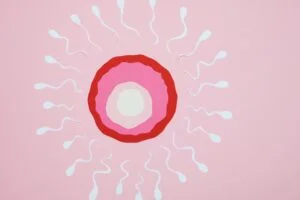What is Ovulation?
The release of a mature egg from the ovary is known as ovulation. Because the egg can be fertilised for 12 to 24 hours after it is expelled, those six days are crucial.
Furthermore, given the correct circumstances, sperm can survive for up to five days inside the female reproductive canal after sexual contact.
When live sperm are present in the fallopian tubes during ovulation, your chances of becoming pregnant are the best.
Ovulation usually happens around 14 days before the start of the next menstrual period in a 28-day menstrual cycle.
In most women, however, ovulation happens four days before or after the menstrual cycle’s midway. If you don’t have a perfect 28-day monthly cycle, like many women, you can use a menstrual calendar to track the length and midway of your cycle.
Basics Of how It works.
It’s usual for people to learn about the subject only after they’ve had problems getting pregnant. Understanding the process, however, can provide insight into more than just fertility. You’ll have a greater understanding of any hormonally-influenced changes in your body around that time, as well as what circumstances (such as stress) may influence the timing of your ovulation and why.
Throughout our lives, we ovulate about 400 times. The use of contraception, effort invested in pregnancy and breastfeeding, and any habits or health conditions that affect reproductive hormones all affect this number (e.g. eating disorders, PCOS). Women would have ovulated fewer than half as often in the past.
Signs of Ovulation
Some of the symptoms that may help women recognise when they are ovulating include:
- Changes in cervical and vaginal discharge – The mucus generated in the cervix transforms from thick to slick (like uncooked egg white) during ovulation, and it is visible in the vagina.
- Body temperature – before ovulation, the basal body temperature drops , then rises slightly throughout the luteal phase, roughly half a degree Celsius.
- Mittelschmerz– is abdominal pain in the region of the ovaries at the time of ovulation, which can be widespread or on alternating sides of the abdomen, corresponding to the side of the ovula.
- Senses – many women report having a stronger sense of smell during ovulation, and some even claim to be able to detect the exact time of ovulation.
- Libido – In the days leading up to ovulation, it’s usual to experience a heightened level of sexual desire.
These indications are quite valuable and can assist some women in determining the exact time of ovulation.

Ovulation Calculator
The purpose of an ovulation calendar is to assist a woman in predicting when she will be most fertile.
There are several websites and apps that might help in this process by asking questions like:
- When did your most recent menstrual cycle begin?
- What is the average length of your menstrual cycles?
- What is the length of your luteal phase, or the time between ovulation and the conclusion of your cycle?
It is often beneficial for women to keep track of their menstrual cycle and enter it into a calendar. Maintaining a record of your menstrual cycle will help you spot any anomalies.



